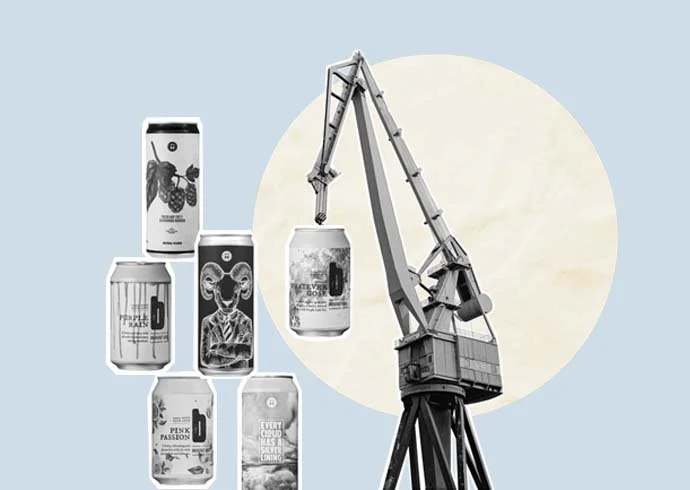It's not a gap, it's a cap!
For many years, marketing researchers have been obsessed with gaps. The ethical consumption gap, aka the attitude behaviour gap. When it comes to ethical consumption, we think there is a gap between what consumers believe and what they buy. A gap between attitude and behaviour or a gap between ethical intentions and not-so-ethical actions.
A lot of energy has been spent trying to figure out why the gap exists and how to close it; wondering what is wrong with consumers and how can we encourage them to follow through with their ethical intentions—to buy fair trade, to buy organic, or to stop buying certain things altogether. We believe that if we give consumers enough information, create adequate labelling systems or, perhaps, subsidise the right (ethical) choices, that consumers will do the right thing for the planet. But, despite our efforts to informs consumers, the gaps persist.
Recently, critical marketing scholars have begun to question the idea of the gap altogether. Perhaps, the argument goes, there is nothing so strange about consumers choosing what’s best for them without considering the needs of distant others or the humans of the future. After all, our entire economic system is built on the idea that if everyone pursues their own best interest, the market will figure out the rest--price, demand, supply, allocation of labour… you name it!
In fact, those consumers who go out of their way to invest time, energy and money in order to consume ethically and sustainably are the exception. They are the ones we should study and wonder about. And, if we want everyone to act like them, if we want to make ethical and sustainable choices the norm, we have to make it easy for people to do that.
There is a plethora of forces that prevent people from making the most sustainable or ethical choices. Financial resources, knowledge, time, and energy being just a few. It is not easy to make the right choice and, even when we think we have, new information often comes along and proves us wrong! That’s why it is more useful to imagine an ethical consumption cap rather than a gap. While the metaphor of the gap suggests that there is an individual failing to live up to expectations, the cap metaphor reminds us that there is an upper limit to what we can do as individuals.
This is not to say that we, as individuals, shouldn’t try to make better choices. Of course, we should! Rather, is to remind researchers and policy makers that they cannot leave it all to individual consumers. We cannot consume ourselves out of a climate crisis and into a more ethical and sustainable future. That will require systemic change.


